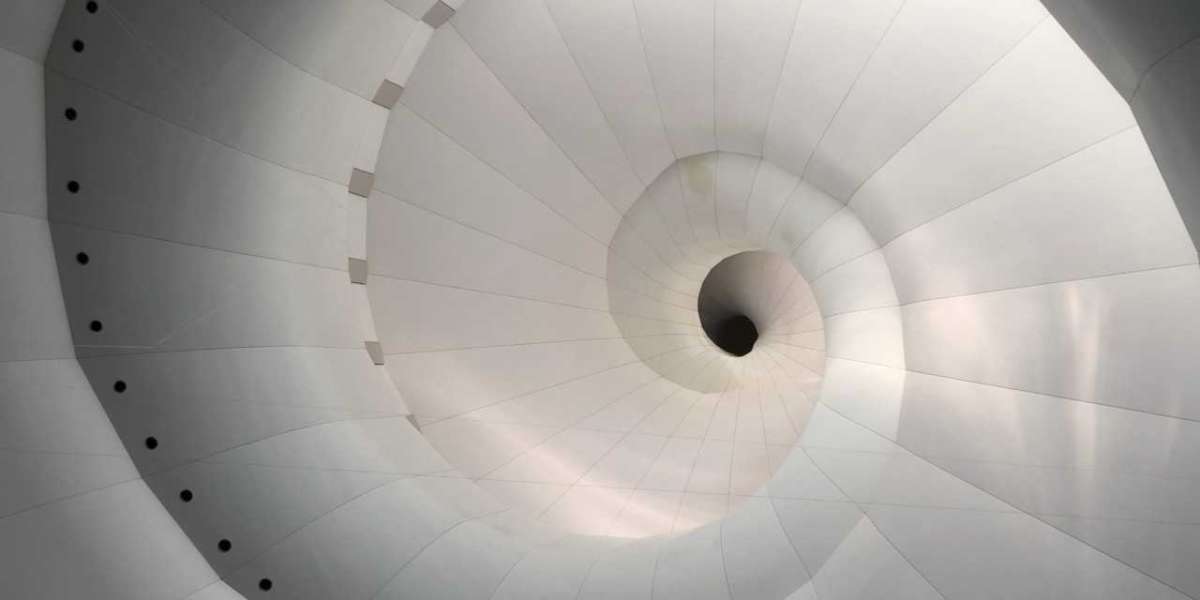Exploring the Versatile FANUC SCARA Robot: A Leap Forward in Automation
In the ever-evolving world of automation and robotics, FANUC has remained a name synonymous with innovation and excellence. Their SCARA (Selective Compliance Articulated Robot Arm) robots are no exception, revolutionizing manufacturing processes across various industries. In this article, we will delve into the remarkable world of FANUC SCARA robots, examining their capabilities, applications, and the profound impact they have had on the modern manufacturing landscape.
What is a FANUC SCARA Robot?
A FANUC SCARA robot is a type of industrial robot known for its unique arm structure. Unlike traditional robots with multi-joint arms, the SCARA robot features a parallel-axis joint configuration. This design allows it to perform precise and fast movements, making it ideal for a wide range of pick-and-place, assembly, and material handling tasks.
Key Features of FANUC SCARA Robots
- Precision and Speed: FANUC SCARA robots are renowned for their exceptional precision and speed. With their parallel-axis joints and high repeatability, they can consistently and accurately perform tasks with minimal deviation, even at high speeds.
- Compact Design: SCARA robots have a compact footprint, making them suitable for installations in constrained spaces. This feature is especially valuable in modern manufacturing environments where space optimization is crucial.
- High Payload Capacity: These robots can handle significant payloads relative to their size, making them versatile for various applications. FANUC SCARA robots are available in different payload capacities to meet specific needs.
- User-Friendly Programming: FANUC's intuitive programming software simplifies the setup and operation of SCARA robots. This user-friendly interface reduces programming time and ensures ease of integration into existing production lines.
Applications of FANUC SCARA Robots
- Assembly: FANUC SCARA robots excel in assembly tasks, where they can precisely position and join components. From electronics manufacturing to automotive assembly, they enhance efficiency and product quality.
- Pick-and-Place: SCARA robots are widely used for pick-and-place operations, including sorting, packaging, and material handling. Their speed and accuracy make them essential in industries like food and beverage, logistics, and pharmaceuticals.
- 3D Printing: SCARA robots have found applications in 3D printing, contributing to the rapid prototyping and additive manufacturing processes. Their precise movements ensure the creation of intricate, high-quality parts.
- Inspection and Testing: FANUC SCARA robots are employed in quality control processes, where they can inspect and test products for defects. Their repeatability ensures consistent and reliable results.
- Laboratory Automation: In research and pharmaceutical laboratories, SCARA robots assist with tasks such as liquid handling, sample processing, and plate manipulation, increasing throughput and accuracy.
- Electronics Manufacturing: SCARA robots play a vital role in electronics manufacturing, where they handle delicate components with precision. They are used in tasks like PCB assembly and soldering.
The Impact of FANUC SCARA Robots on Industry
The introduction of FANUC SCARA robots has had a profound impact on the manufacturing industry. They have transformed production processes by enhancing efficiency, product quality, and workplace safety. The benefits of using SCARA robots include:
- Increased Productivity: SCARA robots can work tirelessly without breaks or fatigue, resulting in higher production output and reduced production times.
- Improved Quality Control: The precision and repeatability of SCARA robots reduce the risk of errors and defects, leading to higher-quality products.
- Cost Reduction: By automating repetitive tasks, SCARA robots help reduce labor costs and minimize the need for rework, ultimately improving the bottom line.
- Workplace Safety: Automation with SCARA robots reduces the risk of workplace accidents, as humans can be removed from hazardous or monotonous tasks.
- Adaptability: FANUC SCARA robots can be easily reprogrammed and integrated into different production processes, allowing manufacturers to adapt to changing market demands.
Conclusion
FANUC SCARA robots are a testament to the continuous advancement of automation technology. Their precision, speed, and versatility make them invaluable assets to various industries, from automotive manufacturing to pharmaceutical research. As technology continues to evolve, it is evident that SCARA robots will continue to play a pivotal role in shaping the future of manufacturing, making it more efficient, precise, and cost-effective than ever before.








